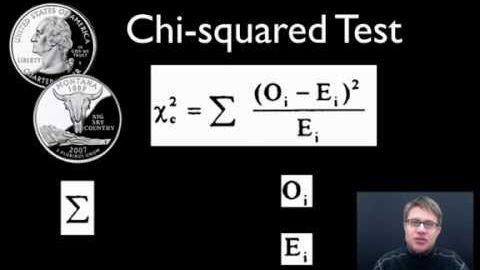
Subtitles & vocabulary
Chi-squared Test
00
Why Why posted on 2013/03/25Save
Video vocabulary
test
US /test/
・
UK /test/
- Verb (Transitive/Intransitive)
- To be given a medical examination
- To try to establish the truth or nature of
- Noun
- A medical examination
- Action to establish the truth or nature of
A1
More number
US /ˈnʌmbɚ/
・
UK /ˈnʌmbə(r)/
- Noun (Countable/Uncountable)
- Symbols such as 1, 2, 56, 793
- Particular song or dance performed during a show
- Transitive Verb
- To put numbers on things
- To assign a sequence within a group, series, set
A1TOEIC
More answer
US /ˈænsɚ/
・
UK /'ɑ:nsə(r)/
- Verb (Transitive/Intransitive)
- To reply to a question someone asks
- To solve a test question or a problem
- Noun
- Reply to a question someone asks
- Solution to a problem or test question
A1
More Use Energy
Unlock All Vocabulary
Unlock pronunciation, explanations, and filters
